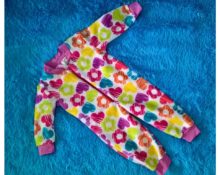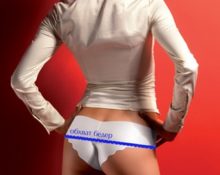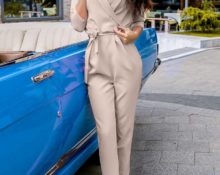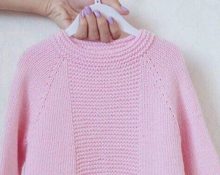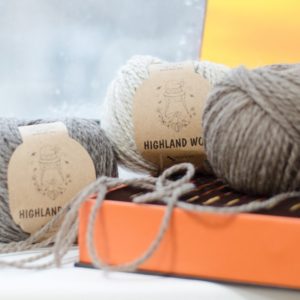 The opinion that any product made from natural raw materials automatically receives the right to use the “eco” prefix is a misconception. We can talk about environmental friendliness only if no processing using chemical additives was used at all stages of production, from the raw product to the finished product.
The opinion that any product made from natural raw materials automatically receives the right to use the “eco” prefix is a misconception. We can talk about environmental friendliness only if no processing using chemical additives was used at all stages of production, from the raw product to the finished product.
Eco-products are otherwise called organic. Recently, they have become increasingly in demand, and this despite the high price. But many are willing to pay for their health and their own safety. Moreover, eco-products are non-toxic, hypoallergenic, and clothing made from organic fibers is pleasant to the touch and allows the skin to breathe. No less important for a modern person is the quality and durability of shoes, accessories, toys and interior items made from the same pure, natural and organic raw materials.
What is eco-wool
Eco-wool appeared on the modern market not so long ago. 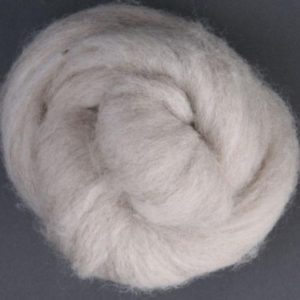
For quite a long time it was not possible to raise sheep without the use of growth stimulants, antibiotics and various chemical food additives. And in the process of wool processing it is also difficult to do without all kinds of chemicals.
Since most of the processed wool is sheep, then we will talk specifically about organic sheep wool.
The presence of the prefix “eco” on the product label of yarn, fabric or finished products tells a literate consumer the following:
- The product is created by hand.
- Renewable natural sources were used to produce the product.
- Coloring was carried out exclusively with natural dyes: juice of berries, fruits, plant leaves, mushrooms, etc.
- The wool was combed or clipped from an animal that ate only organic products. That is, grazing was carried out far from industrial production that pollutes the environment.
All this is a guarantee that contact with the item will not cause allergies.
Another feature of organic materials is very important for environmentalists: they completely decompose when disposed of, that is, they do not harm the environment.
History of appearance
Wool has been popular since humans domesticated sheep and goats.
Information: archaeological excavations indicate that the most ancient civilizations were familiar with wool.
During the Middle Ages, wool production became a business. At the same time, to improve the consumer properties of the finished product, various finishing measures were used using advances in chemistry.
The rapid development of civilization has led to the fact that animals from birth received a large number of insecticides, antibiotics, and food additives.It took a long time to get rid of this.
The emergence of organic wool was made possible thanks to New Zealand farmers. They developed a technology for breeding sheep, in which the animals eat only clean food. Such sheep are treated only with natural substances, and insect control is kept to a minimum.
Properties and qualities of eco-wool
Any natural sheep wool has a warming property, has a relaxing effect, 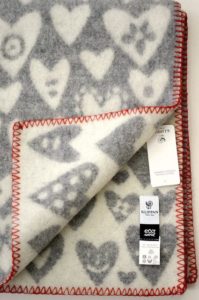 used for joint pain relief. This is not a complete list of the advantages of woolen products. Unfortunately, there are also disadvantages: it can cause allergies, easily wrinkles and falls off, and pricks.
used for joint pain relief. This is not a complete list of the advantages of woolen products. Unfortunately, there are also disadvantages: it can cause allergies, easily wrinkles and falls off, and pricks.
Advantages
But eco-wool is free from some of these problems.
- Firstly, it hardly wrinkles and holds heat better.
Secondly, it is safe for health.
Thirdly, it is soft and cozy.
Flaws
Of course, it also has its drawbacks. These include the following properties of the yarn:
- demanding of laundry detergents;
- loss of shape due to poor care;
- high price.
Use of ecological wool
The hypoallergenic nature of organic wool is important in the production of children's products. Delicate and beautiful children's blankets, felted toys, and warm and cozy clothes are deservedly popular.
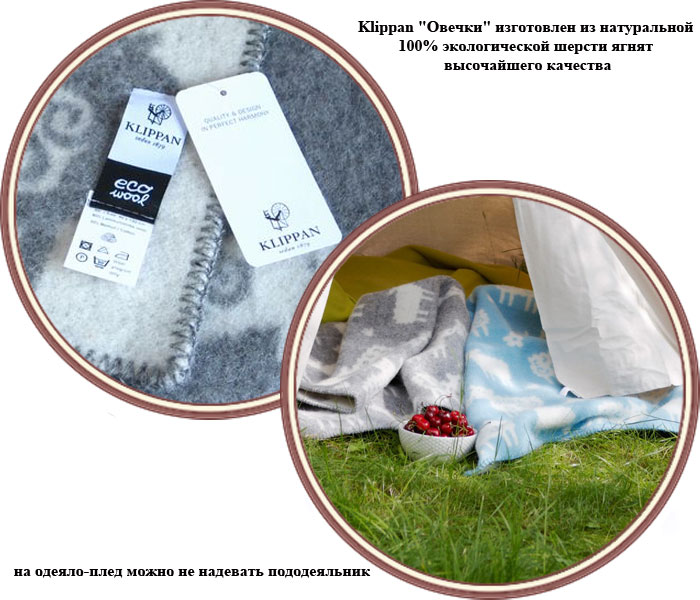
Yarn, felt and fabrics made from ecological wool are actively sold on the handicraft goods market.
In recent years, demand for organic Hand Made clothing has also increased due to people's desire to feel a sense of unity with nature.
This trend continues: the “eco” style and things made from eco-friendly materials are becoming more and more in demand every year.


 0
0